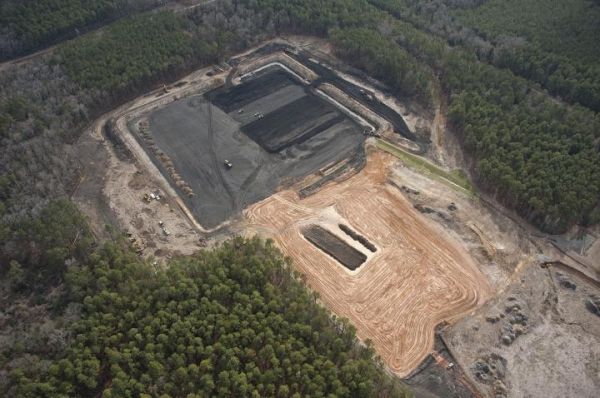Groundwater contamination is increasingly recognized as a widespread environmental problem. The most important course of action often involves long-term monitoring. But what is the most cost-effective way to monitor when the contaminant plumes are large, complex, and long-term, or an unexpected event such as a storm could cause sudden changes in contaminant levels that may be missed by periodic sampling?
Scientists at the Department of Energy’s Lawrence Berkeley National Laboratory (Berkeley Lab) and Savannah River National Laboratory have developed a low-cost method for real-time monitoring of pollutants using commonly available sensors. Their study, “In Situ Monitoring of Groundwater Contamination Using the Kalman Filter,” was published recently in the journal, Environmental Science & Technology.
“Conventional methods of monitoring involve taking water samples every year or every quarter and analyzing them in the lab,” said Haruko Wainwright, a Berkeley Lab researcher who led the study. “If there are anomalies or an extreme event, you could miss the changes that might increase contaminant concentrations or potential health risk. Our methodology allows continuous monitoring in situ using proxy measurements, so we can track plume movement in real time.”
“Analysis of the autonomous in situ data can be rapidly analyzed remotely using machine learning methods,” she added. “It can act as an early warning system – we can detect sudden changes in contaminant levels. These changes may indicate a need for more or less intervention in terms of the remediation strategy, ideally leading to improved as well as more cost-effective cleanup.”
Read more at DOE/Lawrence Berkeley National Laboratory
Image: An aerial view of cleanup efforts at the Savannah River Site. (Credit: Savannah River Site)


